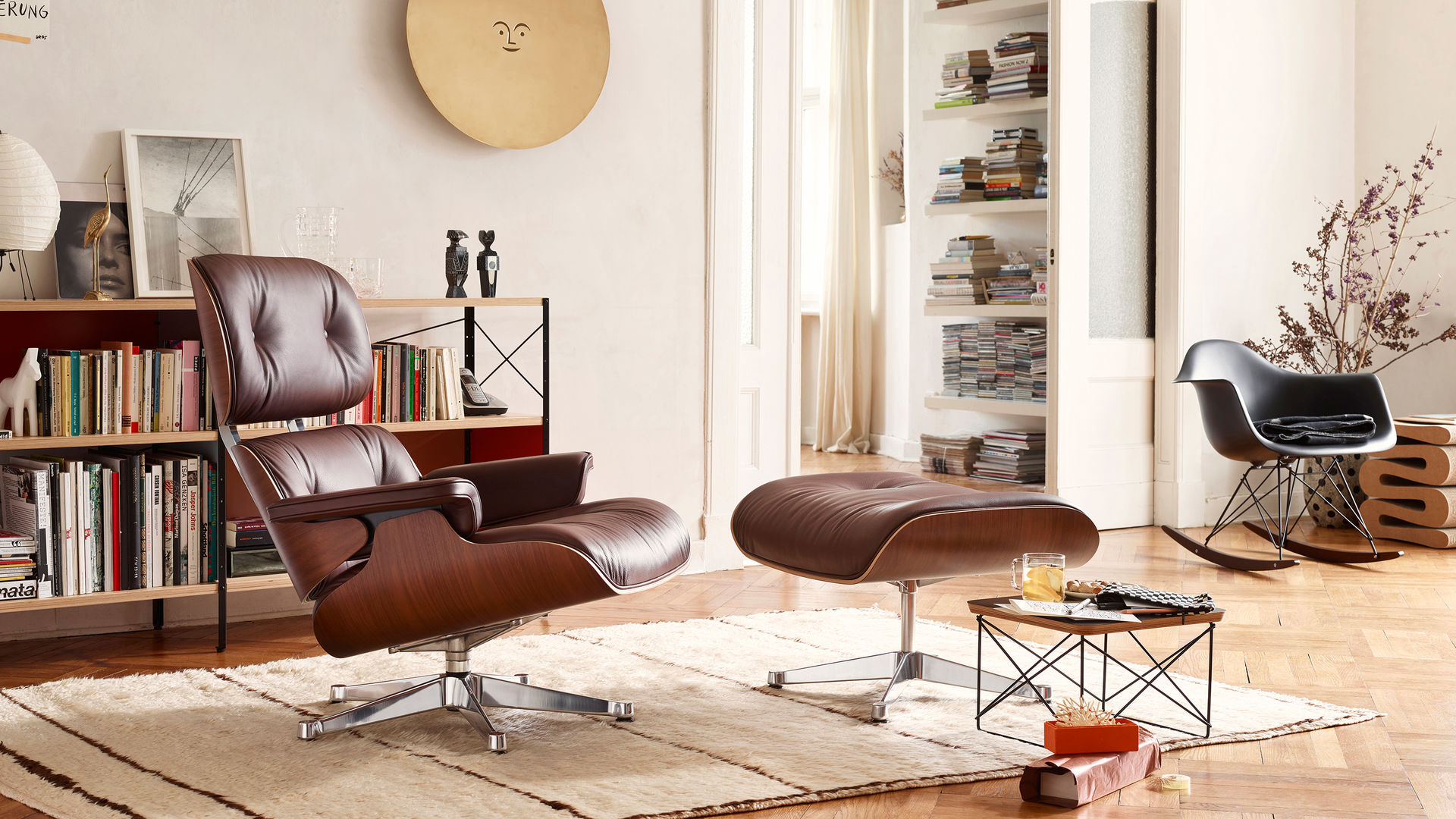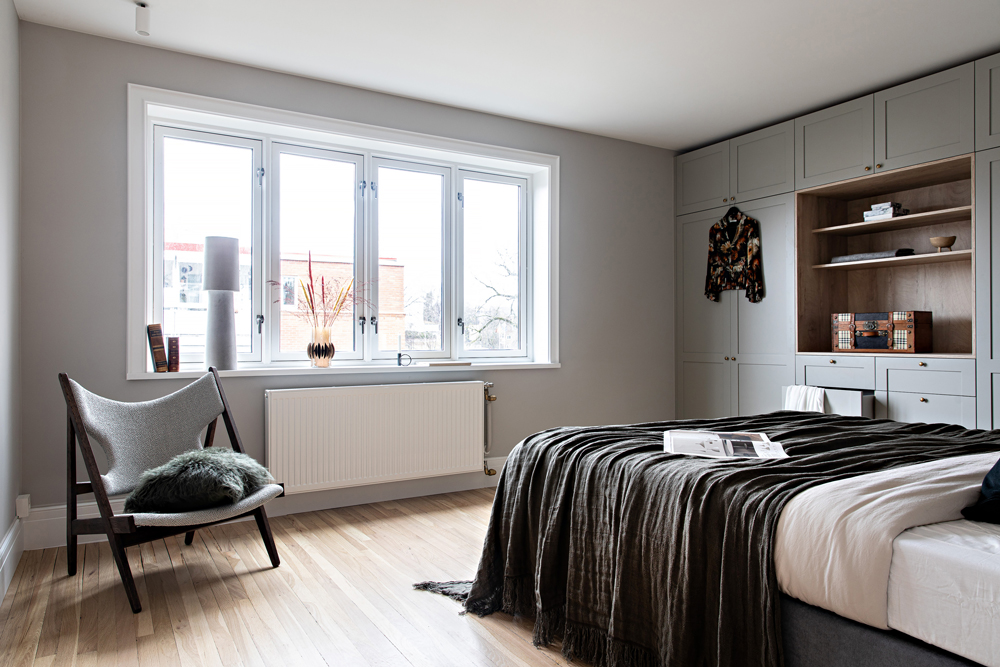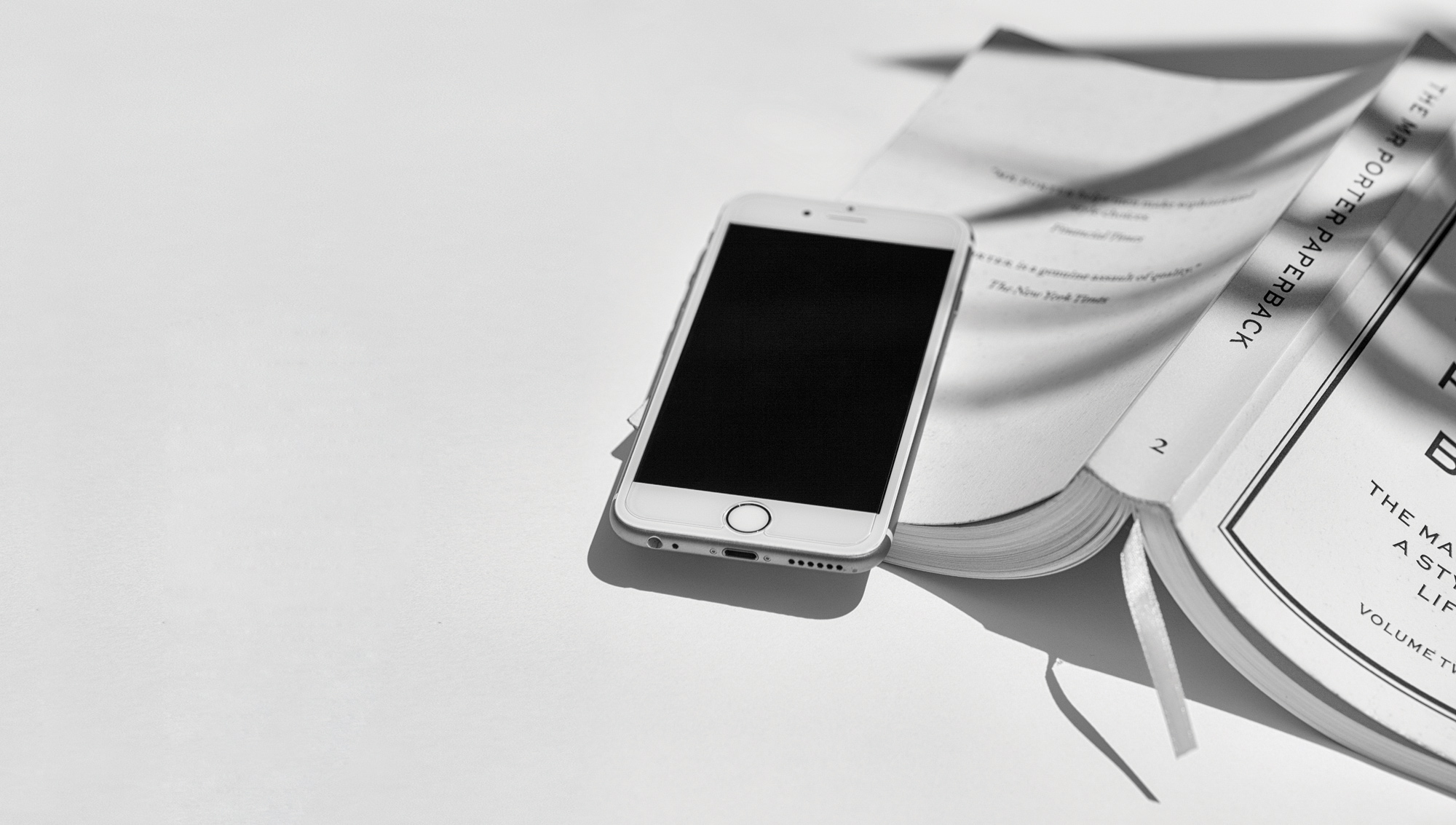Termed the phantom limb syndrome of office goers, the mentality of those in the work-from-home arrangements suggests some reluctance persists in acclimating to the practice. Yet, it seems that work will continue to occupy the home for longer than anticipated. While working from home is no novel concept, particularly to professionals who can rely on technology or personal space for work, it takes thought in spatial planning for a conducive environment.
One could consider the new routine as liberating—music, postures, naps and snacks at your choosing, all conditional upon getting work done. Yet it calls for more self-discipline, a wrestle of habit and environment when temptations of ease surround us.
The upshot is a change in habit and environment. Some welcome this, while others find it frustrating. Regardless, our minds adapt because we detest boredom more than change. To alleviate any unpleasantness, we can introduce new furniture, or modify old ones and make room for new activities in our living spaces. An adjustable coffee or side table can better facilitate working from your couch or bed. In terms of habit, incorporating a ritual breaks the day into more palatable segments as the fatigue of working from home accumulates faster because we never leave “the office.” We can borrow from old office routines—like a midday coffee or going for a walk since commuting is no longer necessary. For those with other family members in the home who are working, a coworking area can recreate the collective motivation of an office.
In engineering your own new home-office paradigm, the principle is whatever works.




